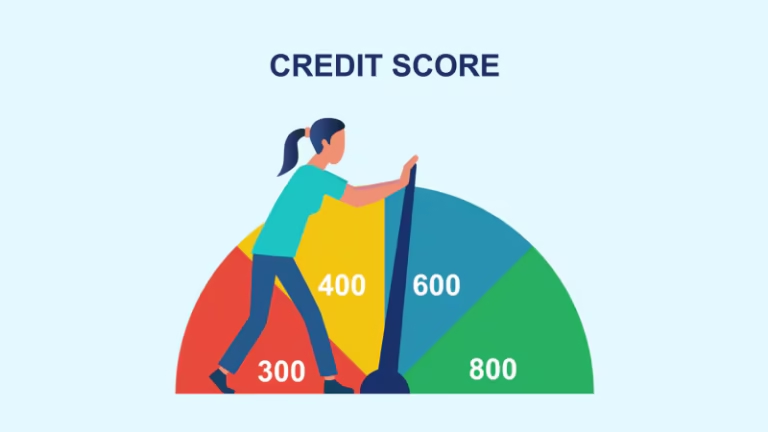Duaction: Redefining the Landscape of Experiential Education
Education today is evolving beyond the walls of classrooms and lecture halls. Learners are no longer satisfied with theory alone—they want to apply what they learn in real-world contexts. This transformation has led to the rise of Duaction, a next-generation learning framework that merges knowledge with action. It’s not about memorizing facts; it’s about developing competencies that prepare learners to thrive in professional environments.
Duaction brings together two essential forces—doing and understanding. It transforms traditional lessons into immersive experiences that combine project-based learning, teamwork, and hands-on problem-solving. This model promotes deeper comprehension, long-term retention, and the confidence to apply skills effectively.
The Essence of Duaction
At its heart, Duaction is an experiential learning system built around the principle that real learning happens through practice. It encourages learners to connect theory with real-world application. The name itself stems from “dual-action”—symbolizing the combination of conceptual understanding and active execution.
Instead of simply listening to lectures or reading textbooks, learners engage directly with projects that challenge their creativity and problem-solving ability. A science student may conduct experiments to explore biological principles, while a marketing student might design and implement a campaign for a real client. This fusion of learning and doing transforms abstract ideas into tangible outcomes.
Why Traditional Methods Need Reinvention
For decades, the prevailing education system has focused on passive absorption of knowledge—teachers speak, students listen, and exams determine success. However, this one-way approach often fails to build critical thinking and adaptability.
In a world where industries evolve rapidly, this model leaves graduates struggling to meet modern workforce demands. According to recent global education reports, nearly 40% of job skills taught today will become obsolete within a few years. Duaction directly addresses this crisis by closing the gap between theory and practice. It fosters agility, adaptability, and problem-solving—skills essential for the 21st-century learner.
The Core Framework of Duaction
Duaction follows a structured yet flexible cycle that ensures comprehensive learning and application. It is built around four interconnected phases that sustain engagement and progress:
1. Goal-Oriented Preparation
Every learning journey begins with clarity. Learners first identify what skills or knowledge they aim to acquire. Instructors provide concise, targeted lessons that give just enough context for learners to begin applying concepts right away.
2. Active Implementation
This stage represents the “doing” phase. Learners apply what they’ve just learned through real-world simulations, projects, or challenges. They collaborate, test theories, and make mistakes—all part of the authentic learning process.
3. Reflective Analysis
Once a task is completed, reflection follows. Learners analyze what worked, what didn’t, and why. This critical thinking stage converts experience into understanding, ensuring that lessons become second nature.
4. Continuous Feedback Loop
Educators, peers, or digital systems provide real-time feedback. Learners use this information to refine their approach and perform better in subsequent iterations. This feedback cycle keeps motivation high and growth continuous.
The Transformative Impact of Duaction
Implementing Duaction has far-reaching effects for both learners and educators. It revolutionizes how education is perceived and delivered.
For Learners
- Increased Engagement: Learning becomes active and immersive, not monotonous.
- Real-World Competence: Students develop skills directly applicable to jobs and industries.
- Confidence and Ownership: By managing projects and solving problems independently, learners gain autonomy and confidence.
- Lifelong Learning Mindset: They develop habits of inquiry, experimentation, and reflection that continue beyond formal education.
For Educators
- Improved Outcomes: Teachers see better retention and higher achievement levels.
- Dynamic Classrooms: Lessons become interactive experiences that spark curiosity and creativity.
- Personalized Teaching: Instructors can adapt content to individual learning styles and paces.
For Institutions and Employers
- Job-Ready Graduates: Companies benefit from recruits who are productive from day one.
- Innovation Culture: Training programs evolve into incubators for creativity and improvement.
- Bridging the Skill Gap: Duaction aligns education with modern workforce expectations, ensuring sustainability and relevance.
Practical Applications of Duaction
What makes Duaction remarkable is its adaptability across diverse fields.
In Schools:
Students learn science by conducting experiments instead of memorizing formulas. For example, building a small ecosystem teaches them about balance, energy flow, and sustainability.
In Higher Education:
Engineering students might collaborate on designing functional prototypes, while business majors manage real clients under faculty supervision. This form of applied learning turns coursework into portfolio-worthy experiences.
In Corporate Environments:
Organizations use Duaction principles for employee development. Through workshops and simulations, employees practice leadership, sales negotiation, and problem-solving. This makes corporate learning faster, measurable, and impactful.
Designing a Duaction-Based Program
Transitioning to this model doesn’t require starting from scratch. It’s about restructuring traditional lessons into actionable experiences.
- Define Clear Learning Outcomes: Identify the core competencies learners should gain.
- Design Engaging Activities: Align each concept with a real-world application or project.
- Encourage Collaboration: Use peer learning, group discussions, and co-creation to mirror workplace environments.
- Integrate Reflection Points: After each project, include time for learners to evaluate what they learned.
- Provide Timely Feedback: Continuous evaluation helps learners stay on track and feel supported.
These small shifts can transform even the most theoretical subjects into practical, memorable experiences.
The New Role of the Instructor
Under the Duaction framework, educators move from being lecturers to facilitators. Instead of delivering knowledge passively, they mentor learners through exploration. They ask open-ended questions, provide guidance, and foster problem-solving autonomy.
This role shift nurtures curiosity and critical thinking. The teacher becomes a partner in discovery—someone who helps students navigate complexity instead of dictating answers. This change creates a more inclusive and student-centered learning environment.
Tools That Empower Duaction
Technology plays a pivotal role in enabling hands-on learning experiences. Tools that complement Duaction include:
- Collaborative Platforms like Miro, Notion, or Google Workspace for team projects.
- Simulation Software for technical training or complex systems modeling.
- Learning Management Systems (LMS) for progress tracking and personalized feedback.
- Virtual Labs and AR/VR Environments for safe, immersive experimentation.
These digital tools make it possible to apply Duaction principles even in remote or hybrid learning setups.
Overcoming Barriers to Implementation
Switching from traditional methods to Duaction can face resistance due to misconceptions or logistical challenges. Common concerns include time constraints, lack of resources, or fear of assessment difficulties.
The key is to start small. Introduce short, project-based modules within existing courses. Use performance-based rubrics instead of memorization tests. Collect data on engagement and outcomes to show measurable improvements. Gradually, both teachers and students begin to see the power of experiential education.
The Broader Future of Duaction
Duaction aligns perfectly with the global shift toward competency-based learning and lifelong skill development. As industries continue to evolve under the influence of AI, automation, and digital transformation, education systems must adapt.
The future of Duaction lies in expanding cross-disciplinary learning—merging technology, creativity, and critical thinking. Schools and companies adopting this model are already witnessing more motivated learners, stronger performance, and enhanced innovation.
In time, Duaction could become the default approach for education—turning passive classrooms into living laboratories where theory and practice coexist seamlessly.
Final Reflection
Duaction stands as a beacon of transformation in modern education. By merging thought with action, it cultivates the kind of learners today’s world truly needs—curious, capable, and confident problem solvers.
It doesn’t just prepare students for exams; it prepares them for life. Through practical experience, reflection, and feedback, Duaction builds the bridge between learning and doing. For educators, institutions, and learners alike, this model represents a bold, necessary leap into the future of education—one where learning is no longer a spectator sport but a full, active journey of discovery and growth.



